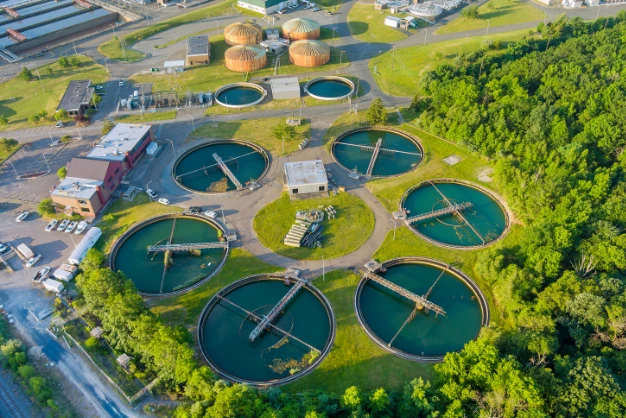Introduction
Understanding Silicone Alkyds
Definition and Composition
Differences from Traditional Alkyd Resins
Benefits of Silicone Alkyds
Enhanced Durability and Weather Resistance
Improved Flexibility and Adhesion
Heat and Chemical Resistance
Applications of Silicone Alkyds
Overview of Industries Using Silicone Alkyds
Specific Applications in Coatings, Paints, and Varnishes
Formulation and Production
Key Ingredients and Formulation Process
Production Techniques and Quality Control
Performance Characteristics
Detailed Look at Performance Metrics
Comparison with Other Resin Systems
Environmental and Safety Considerations
Eco-Friendly Aspects of Silicone Alkyds
Safety Measures During Production and Application
Real-World Examples
Success Stories and Applications in Various Industries
Future Trends and Innovations
Emerging Trends in Silicone Alkyd Technology
Innovations and Potential Future Applications
Conclusion
FAQs for Silicone Alkyds
What are silicone alkyds?
Silicone alkyds are hybrid resins combining alkyd and silicone resins. They offer enhanced durability, weather resistance, flexibility, and heat resistance, making them ideal for various industrial applications.
How do silicone alkyds differ from traditional alkyd resins?
Unlike traditional alkyd resins, silicone alkyds incorporate silicone, which provides superior weather and heat resistance, improved durability, and better flexibility. This makes them more suitable for demanding environments.
What industries use silicone alkyds?
Silicone alkyds are used in industries such as automotive, construction, marine, and industrial maintenance. They are commonly applied in protective coatings, architectural paints, and marine coatings.
What are the benefits of using silicone alkyds?
Benefits include enhanced durability, superior weather and heat resistance, improved flexibility, and strong adhesion to various substrates. These properties make them ideal for long-lasting and high-performance coatings.
How are silicone alkyds formulated?
The formulation process involves selecting appropriate polyols, acids, and fatty acids to create an alkyd resin, which is then modified with silicone. The ratio of silicone to alkyd is adjusted to achieve the desired properties.
Are silicone alkyds environmentally friendly?
Silicone alkyds can be formulated to be more environmentally friendly by using renewable resources and reducing VOC emissions. Their long-lasting performance also reduces the need for frequent reapplication, lowering overall environmental impact.
What safety measures should be taken when using silicone alkyds?
Safety measures include wearing appropriate personal protective equipment (PPE), ensuring proper ventilation during application, and following storage and handling guidelines to prevent spills and accidents.
What are the future trends in silicone alkyd technology?
Emerging trends include the development of bio-based silicone alkyds, the incorporation of smart materials, and innovations in formulations to improve properties such as drying times, durability, and UV resistance. These advancements will expand their applications and performance.
Can silicone alkyds be used in high-temperature applications?
Yes, silicone alkyds exhibit excellent heat resistance, making them suitable for high-temperature applications. They maintain their integrity and performance even in extreme heat conditions.
How do silicone alkyds contribute to waste reduction?
Silicone alkyds contribute to waste reduction by offering long-lasting performance, which reduces the need for frequent recoating. This minimizes the consumption of raw materials and reduces the generation of waste from coating applications.


